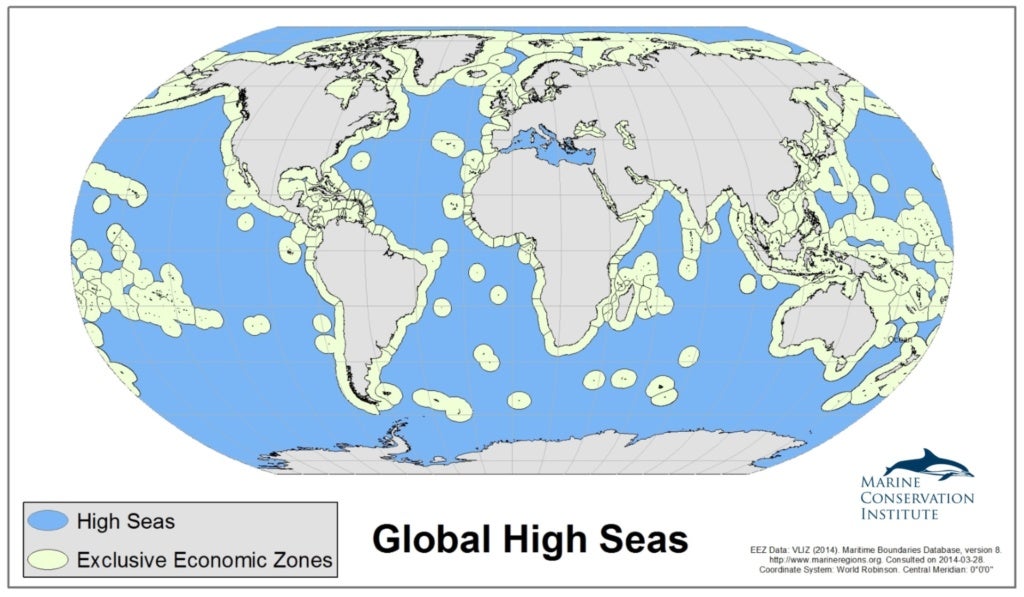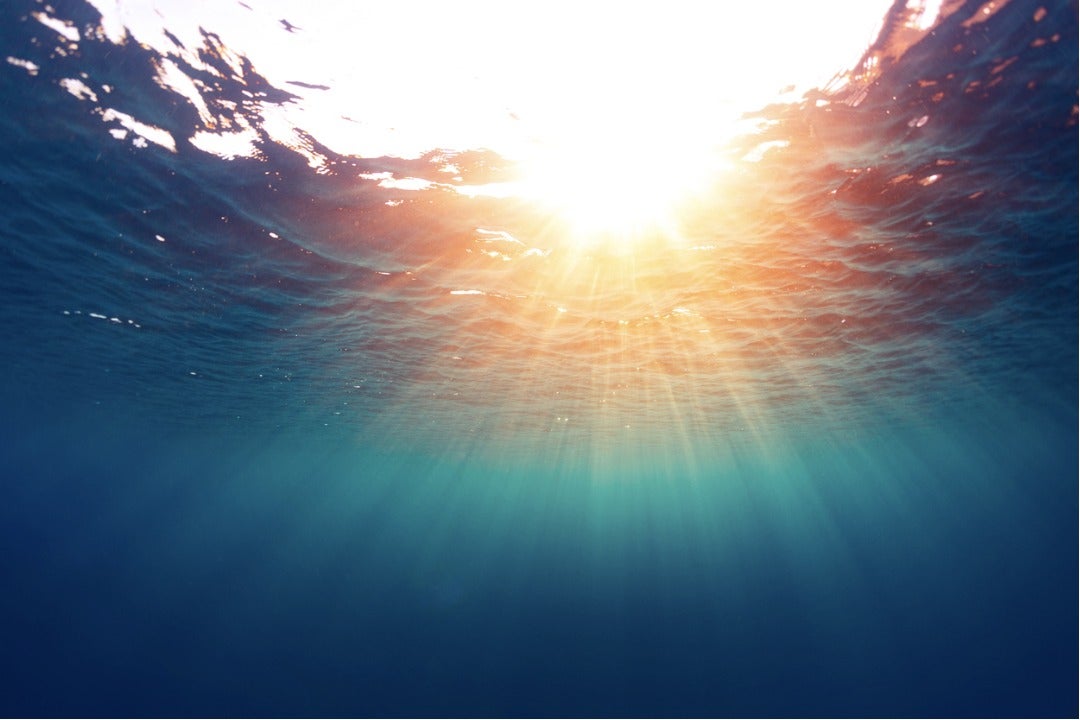The ocean means a lot more to our planet than just a great place to vacation and a source of seafood. It has provided more than half of the oxygen in the atmosphere, regulates weather and climate systems, and in so doing supports all life everywhere on Earth. Despite all these contributions, humans, as air-breathing creatures of land, have neglected virtually all management responsibility for what lies beyond the horizon and beneath the waves.
Today is World Ocean Day, which provides an opportunity to reconsider that relationship — a chance to bring attention to the 70 percent of our planet that’s covered in seawater. And this is precisely what the Aspen Institute is doing. We have launched a new program, the Aspen High Seas Initiative, specifically designed to address the issues that arise from increasing competition for resources in remote, unexplored, and unregulated waters. It will raise awareness, cultivate future champions, harness technological solutions, and foster collaboration to support protection and conservation of ocean resources on the High Seas and adjacent ocean areas.
Individual countries have varying degrees of regulatory authority over ocean areas out to 200 nautical miles from shore in most cases. The remainder, roughly two-thirds of the ocean and nearly half the Earth’s surface, is known somewhat romantically as the High Seas, and it comprises our last global commons. No single nation can claim jurisdiction and there is virtually no international regulation of activities there. It’s like the wild west with no sheriff or marshal to wrangle outlaws.

Atlas of Marine Protection (MPAtlas.org)
Even today, massive portions of the High Seas remain unseen by human eyes — we have better maps and understanding of the surfaces of the moon, Mars, and even Jupiter than we do of the ocean floor. This isn’t surprising given our history of funding exploration. A 2013 analysis by the Center for American Progress found that US government spending on space exploration was 150 times greater than spending on ocean exploration.
The tide has begun to turn. The international community is paying more attention to High Seas management, both at the United Nations, and in private sector and philanthropic investment. On the governance side, the UN included ocean management on its list of Sustainable Development Goals adopted in 2015, and thanks in no small part to the founders of the Aspen High Seas Initiative has appointed a Special Envoy for the Ocean. It has also begun work on a new treaty that will lead to international cooperation on maintaining biodiversity in areas beyond national jurisdiction.
Even though the gears of international law-making turn with agonizing apathy, there’s no time to waste. As areas closer to shore have become over-exploited and vessels have become more efficient and cheaper to operate, global demand for fish has led to a dramatic increase in high seas fishing, supported by significant government subsidies. In fact, a peer-reviewed study released this week found that more than half of all High Seas fishing would not be economically viable without government financial assistance. If left on the current path, oil and gas development, deep sea mining, and exploitation of marine genetic resources, also known as bioprospecting, will not be far behind.
Meanwhile, we still lack fundamental understanding of the ocean’s role in mitigating the effects of global climate change — or how close we may be to maxing out its capacity to continue playing this vital role. Shrinking ice caps, ocean warming and acidification, sea level rise, and increased frequency of extreme weather events and flooding are well documented results of carbon pollution and other global greenhouse gas emissions that cause accelerating global climate change.
More visible forms of pollution cause detrimental effects as well. Nutrient runoff creates regular reoccurrence of huge-scale de-oxygenating dead zones. Plastics that will take millennia to degrade swirl into a micro-soup of tiny particles now found in virtually every living creature in the ocean large enough to swallow them. Researchers combing through archives of remotely captured photographs recently found an image of a plastic shopping bag resting in Challenger Deep — the very bottom of the Mariana Trench over 36,000 feet below the surface.
The leadership of the Aspen High Seas Initiative is committed to finding solutions to ensure that the desire to exploit newly discovered resources in the remote ocean does not outstrip our ability to understand the mysteries of the deep before they’re gone. Since the early days of the industrial revolution, mother nature has taught us that her ability to provide for our species has clear limits. The High Seas represents our last chance to get the process right — to understand those natural tipping points before we exceed them.
For all the ocean’s touted ability to regenerate and heal itself from centuries of human-inflicted harm, this capacity is not limitless. Given the pace of environmental decline in the last 50 years, what we do in the next decade will determine whether we can save this vital and unique life-support system. The ocean is not too big to fail.
Michael Conathan is the Executive Director of the Aspen High Seas Initiative.


